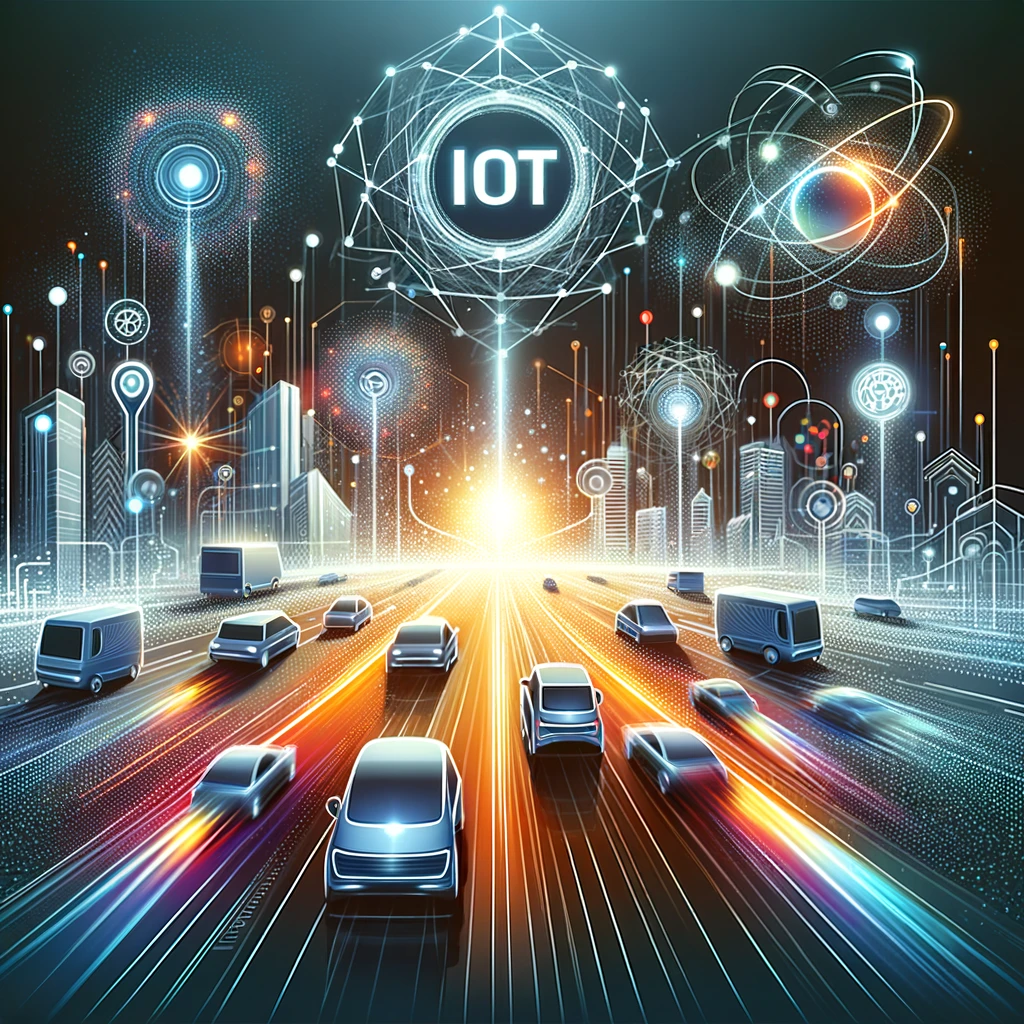
In the rapidly evolving landscape of transportation, autonomous vehicles (AVs) represent the pinnacle of innovation and efficiency. SolveForce, a leading provider of digital and telecommunications solutions, is steering the future of mobility with its cutting-edge Internet of Things (IoT) technologies for autonomous vehicles. By integrating IoT into the fabric of AV systems, SolveForce is not just enhancing vehicle autonomy but also transforming the entire ecosystem of urban mobility, logistics, and personal transportation. This article delves into how SolveForce leverages IoT to power autonomous vehicles and the impact of this technology on the future of transportation.
IoT: The Engine Driving Autonomous Vehicles
IoT technology is the cornerstone of autonomous vehicle systems, providing the critical connectivity and data exchange that enable vehicles to navigate, communicate, and make decisions in real time. SolveForce’s IoT solutions for AVs incorporate a wide array of sensors, cameras, and communication devices, creating a seamless network of information that guides vehicle operation, enhances safety, and optimizes traffic flow.
SolveForce’s IoT Solutions for Autonomous Vehicles
SolveForce’s innovative approach to AV technology focuses on several key areas:
- Real-Time Data Processing: IoT devices collect and process vast amounts of data from the vehicle’s surroundings, ensuring accurate navigation and instant decision-making.
- Vehicle-to-Everything (V2X) Communication: SolveForce enables vehicles to communicate with each other and with infrastructure, improving traffic management and reducing the likelihood of accidents.
- Predictive Maintenance: IoT sensors monitor vehicle health, predicting maintenance needs before they become issues, thus reducing downtime and extending vehicle life.
- Enhanced Passenger Experience: IoT technology provides passengers with real-time travel information, entertainment, and connectivity, personalizing the user experience.
Overcoming Challenges in Autonomous Vehicle Deployment
The path to widespread adoption of autonomous vehicles is fraught with challenges, from technical hurdles to regulatory and safety concerns. SolveForce addresses these challenges through:
- Advanced Security Protocols: Implementing robust cybersecurity measures to protect vehicles from hacking and ensure the privacy of user data.
- Interoperability Standards: Promoting standards for interoperability among different manufacturers and systems to ensure a cohesive AV ecosystem.
- Collaboration with Regulators: Working closely with regulatory bodies to ensure that AV technologies meet stringent safety and operational standards.
The Impact of IoT and Autonomous Vehicles
The integration of IoT into autonomous vehicles promises to revolutionize transportation:
- Reduced Traffic Congestion: Intelligent routing and coordination of AVs can significantly alleviate traffic congestion, leading to smoother, more efficient urban mobility.
- Lower Emissions: Optimized driving patterns and reduced idling contribute to lower fuel consumption and emissions, advancing environmental sustainability.
- Increased Safety: With the majority of accidents caused by human error, AVs have the potential to dramatically reduce traffic accidents and enhance road safety.
- Accessibility: AVs can provide mobility solutions for those unable to drive, including the elderly and disabled, improving accessibility and independence.
Looking Forward with SolveForce
As IoT and autonomous vehicle technologies continue to advance, SolveForce remains at the forefront of this exciting field, pushing the boundaries of what’s possible in transportation. With a commitment to innovation, safety, and sustainability, SolveForce is driving the future of autonomous vehicles, making the roads safer, greener, and more efficient for everyone.
In conclusion, the integration of IoT technology into autonomous vehicles is setting the stage for a revolution in transportation. With SolveForce leading the way, the future of autonomous vehicles looks bright, promising a world where transportation is safer, more efficient, and more accessible than ever before.
